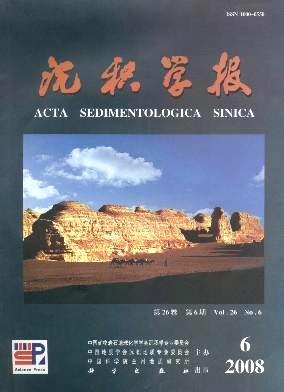he MicroTransmutation Structures and the Reservoir Significance of mmclass Mudfilm in the Silt in Yingtai Area〖
- Received Date: 1900-01-01
- Rev Recd Date: 1900-01-01
- Publish Date: 2008-12-10
-
Key words:
- mudfilm /
- micro transmutation structure /
- breakthrough /
- cause of formation
Abstract: There are many thin mud laminas of mmclass in the Cretaceous equal silt stone in Yingtai area, western Songliao Basin, which we call them mudfilms, have a thickness between 0.2 and 3 mm, and the main component is shale while some are carbon dust layers. They are three kinds of conformation of mudfilms on section: close straight line, serrated denticle and irregular curve. There are many micro transmutation structures with the scale less than 3 mm on the surface of mudfilms, we divide all the micro transmutation structures into 9 types: straight line, C/S, circle, ellipse, and leaf of bamboo, ripple mark, twig, mesh and irregular patterns. Some micro transmutation structures are too hard to be breakthrough and so the silt stone up and below the mudfilm can connect each other. The origin of the mud films are mud subsidence or sideway mud erosion in may momentary sedimentary break. There are many causes of formations of the mudfilms such as syndeposit interfere, differential compaction, bedding glide, bioturbation, diagenesis shrink and earthquake activities. The study on the cause of formations and micro transmutation structures of the mudfilms will have an important significance for the research of sedimentary environment and the fine space structure of the reservoirs.
| Citation: | ZHOU Yongbing. he MicroTransmutation Structures and the Reservoir Significance of mmclass Mudfilm in the Silt in Yingtai Area〖[J]. Acta Sedimentologica Sinica, 2008, 26(6): 939-946. |






 DownLoad:
DownLoad: